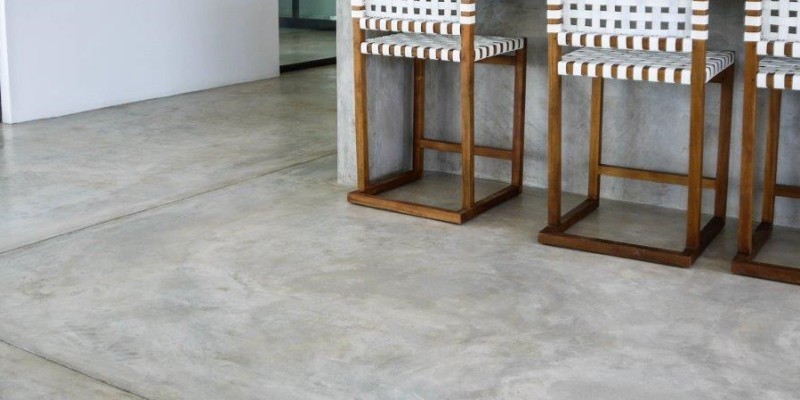Concrete Floors in Green Building Design2023-07-12
Concrete floors have emerged as a key component in green building design due to their numerous environmental benefits and sustainability features. As architects and designers strive to create energy-efficient and eco-friendly buildings, concrete floors offer a solid foundation that aligns with the principles of sustainability.
Enhancing Energy Efficiency:
One of the primary advantages of concrete floors in green building design is their ability to enhance energy efficiency. Concrete's high thermal mass allows it to absorb and store heat during the day and release it slowly at night, contributing to passive heating and cooling. By utilizing this property, buildings can reduce reliance on heating and cooling systems, resulting in significant energy savings and lower carbon emissions.
Durability and Longevity:
Concrete floors are renowned for their durability, making them an excellent choice for sustainable construction. Unlike traditional flooring materials that require frequent replacements, concrete floors have a long lifespan with minimal maintenance requirements. This longevity minimizes waste generation, reduces resource consumption, and decreases the overall environmental impact associated with flooring replacements.
Low Embodied Energy:
The embodied energy of materials refers to the energy consumed throughout their lifecycle, including extraction, production, transportation, and installation. Concrete has a relatively low embodied energy compared to other flooring options such as carpet or vinyl. Furthermore, sourcing locally available materials for concrete production further reduces environmental impacts associated with transportation and supports regional economies.

Recyclability and Reusability:
Concrete floors are highly recyclable and can be crushed and reused as aggregate for new concrete production. This recycling process not only saves valuable resources but also reduces the demand for raw materials. Additionally, old concrete floors can be repurposed in various ways, such as using crushed concrete as a base for road construction or as fill material.
Water Efficiency and Stormwater Management:
Concrete floors can be designed with permeable or porous surfaces, allowing rainwater to infiltrate the ground instead of becoming stormwater runoff. This feature helps mitigate strain on urban drainage systems and promotes groundwater recharge. By incorporating permeable concrete floors into green building design, sustainable water management practices are upheld while reducing the impact on local ecosystems.
DTS Diamond Tools is a professional manufacturer of diamond tools for concrete or stone grinding and polishing, we have supplied many different kinds of diamond tools for many customers, such as Klindex diamond tools, Husqvarna metal bond grinding tool and Polar Magnetic grinding head etc. Welcome to consult for our products by clicking pictures to get into our official web if you are interested.
- Company Info
- Feedback
- Customer Reviews
- About Us
- Contact Us
- Blog
- Help Center
- User Center
- Forget Password
- My Orders
- Tracking Order
- My Account
- Register



